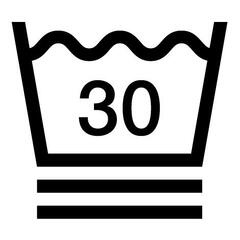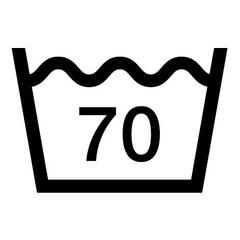Women's hiking shorts - MH500
Store Availability
Store Availability
BENEFITS

Anatomic design
A built-in belt means the shorts adapt to fit different body shapes
Freedom of movement
Stretchy fabric (15% elastane)
Quick drying
Fabric that dries very quickly when wet with perspiration
Pockets
2 zipped hand-warmer pockets
Breathability
Lightweight synthetic fabric that wicks the perspiration away from the bodyTECHNICAL INFORMATIONS
What length are the MH500 hiking shorts?
How do the MH500 hiking shorts wick away perspiration?
composition
composition
Tips for storage and maintenance
 ANY TYPE OF IRONING ALLOWED.
ANY TYPE OF IRONING ALLOWED.
 MAXIMUM WASH TEMPERATURE OF 30°C. VERY MODERATE TREATMENT.
MAXIMUM WASH TEMPERATURE OF 30°C. VERY MODERATE TREATMENT.
 IRON AT A MAXIMUM SOLEPLATE TEMPERATURE OF 150°C.
IRON AT A MAXIMUM SOLEPLATE TEMPERATURE OF 150°C.
 MAXIMUM WASH TEMPERATURE 70°C. NORMAL TREATMENT.
MAXIMUM WASH TEMPERATURE 70°C. NORMAL TREATMENT.
 IRONING AT A MAXIMUM IRON SOLEPLATE TEMPERATURE OF 200°C.
IRONING AT A MAXIMUM IRON SOLEPLATE TEMPERATURE OF 200°C.
TESTS AND WARRANTY
Test product
Warranty
Agree by
Ecodesign approach
With ecodesign, we reduce the environmental impact of our products.
Analysing the product's environmental footprint enabled us to identify the most impactful stages of its life cycle. Thanks to this approach, our design teams were able to develop this product while significantly reducing its environmental impact.
Ecodesign actions on this product
-
 Material
MaterialRecycled polyester
Product made from 19% recycled polyester
Using recycled polyester rather than conventional polyester reduces the CO2 emissions linked to the material by at least 16%.
-
 Material
MaterialRecycled polyamide
Product made from 64% recycled polyamide
Using recycled polyamide rather than conventional polyamide reduces the CO2 emissions linked to the material by at least 30%.
-
 Environmental Impact
Environmental ImpactDesigned to reduce environmental impact
Product made with a CO2eq reduction of 13% compared to the previous or similar product
Our design teams are working to develop processes that will reduce the impact of a product, while preserving its technical characteristics. This reduction relates to the following indicators: climate change, air pollution, water pollution and resource depletion.